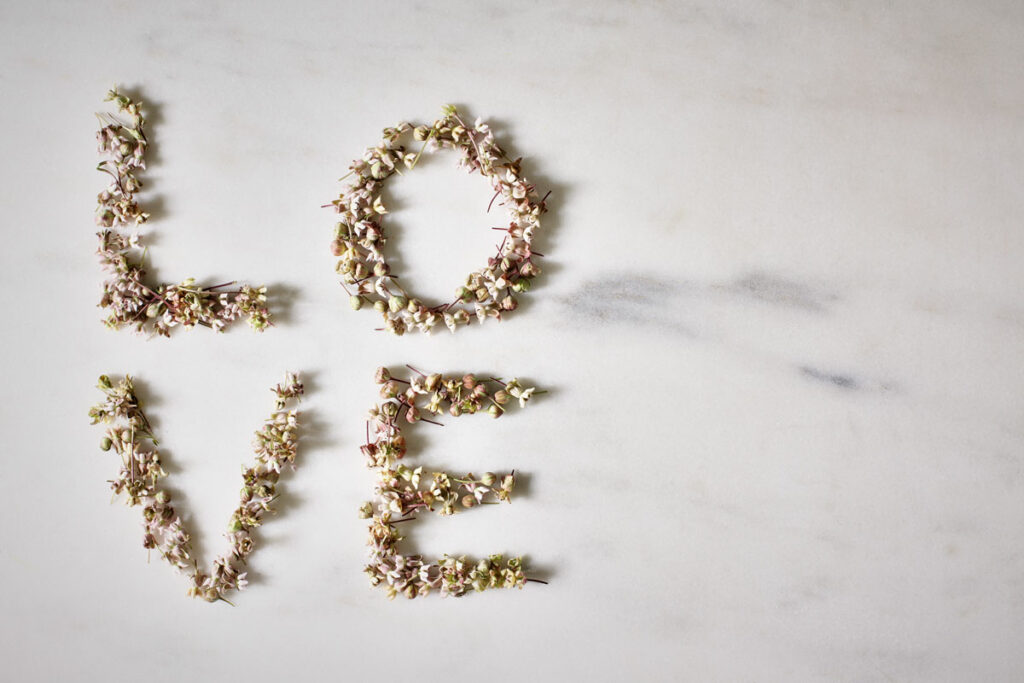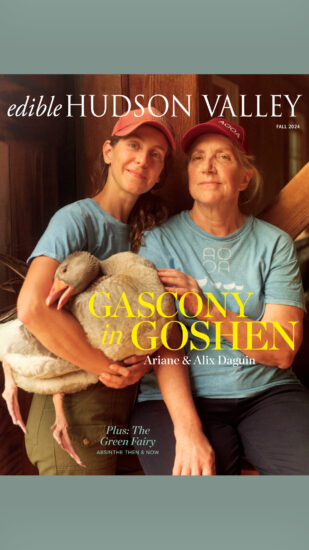How best to connote true love? Clasped hands? A passionate clinch? Perhaps a hazy image of embracing lovers in a sundrenched meadow filled with bees and butterflies? Let’s take that last one and run with it. What if you could capture that in a glass? Sip a sweet, pink, and frothy elixir redolent of blossoms and sunshine? It would be like swallowing that moment whole.
A wild adventure awaits when you discover the process of fermenting flowers. Last year I made complex, lightly fizzy drinks from whatever blossoms I could forage—black locust, linden, multiflora rose, milkweed, Japanese knotweed. They’re like a wood nymph’s kombucha, the fermentation taking place as the wild yeasts on the flowers consume whatever sugar is stirred into the water base. Lightened with sparkling water or mixed with spirits, these feral sodas tell a story of botany and ecology, inextricably linked to a specific time and place.
If you’re lucky enough to have access to milkweed in bloom (if not, plant some in your garden!), harvest just one mauve pom-pom from each plant until you have enough to make the recipe that follows. Mix the resulting elixir with your favorite gin and a splash of lemon juice for a cocktail I call the Blossom Dearie. It’s without peer when it comes to toasting newlyweds and igniting summer romances.

Fermented Milkweed Blossom Elixer
YIELDS ABOUT 8 CUPS
INGREDIENTS
- 2 1/2 cups common milkweed blossoms, flowers only, stems discarded
- 2 cups sugar
- 6 cups water
- Peel of 1 lemon, in long strips
DIRECTIONS
Combine the flowers, sugar, water and lemon peel in a large sterilized glass jar. Use a long metal spoon to stir well, dissolving all the sugar.
Cover the jar’s mouth with a kitchen towel or double layer of cheesecloth and secure with a rubber band or string (to deter fruit flies). Stir once a day.
Leave the jar at room temperature for 3–7 days. Small bubbles may begin to form. Taste daily and when it achieves the flavor you like, it’s done. Fermentation times will vary according to the wild yeast on the flowers and the ambient temperature.
Strain out the flowers and pass the liquid a second time through a fine-mesh strainer lined with damp cheesecloth.
Transfer the elixir to swing-top bottles and leave at room temperature for another 8 hours or more, as needed, to build up additional carbonation, if desired. Burp the bottle occasionally to monitor progress and release any excess gas. When finished, store bottles in the refrigerator. This will slow the fermentation but may not stop it entirely, so it’s essential you check the bottles every couple of days and release any
built-up gas to avoid an explosive situation. Milkweed elixir is best consumed within a week or so, after which the flavor begins to change.
This story was originally published in our Winter 2019 issue.



